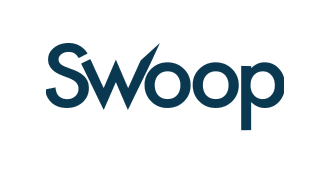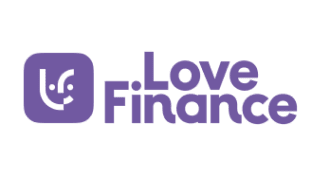What is a credit line?
A business credit line, also known as a ‘line of credit’, allows companies to borrow money up to an agreed limit. For example, it can take a lump sum and draw down smaller amounts from the pot when needed.
Business lines of credit fall into two categories:
- Secured credit lines: a secured business line of credit requires the borrower to use their assets as collateral against the loan. The lender will take the collateral if the business fails to pay back what they borrow.
- Unsecured credit lines: an unsecured business line of credit doesn’t require the borrower to use their assets as collateral against the loan. Unsecured lines of credit tend to have lower credit limits and higher rates of interest.
How does a business line of credit work in the UK?
A business line of credit offers flexible repayments, unlike a business loan or business credit card. When you borrow money with a business line of credit, you and the lender will agree on a date when it must be repaid.
The repayments are not fixed into monthly instalments, but you must repay by the date specified in your agreement. That means that you could pay off your line of credit early without having to pay early repayment charges.
As well as this, you only have to pay interest on the money that you draw down.
For example, if you have a business line of credit from a lender for £20,000 and you only draw down £5,000 to restock inventory, you will only be charged interest on the £5,000.
There are two types of credit line agreements for businesses:
- Revolving business credit lines: allow you to keep drawing down money up to your credit limit and once it’s repaid your balance tops up again and you can borrow more money from the same account.
- Non-revolving business credit lines: allows you to draw down money up to your credit limit but once you’ve used your quota, you can’t have anymore – even when you’ve paid it back.
Common uses for a business line of credit include financing:
- new assets or equipment
- business expansion
- start up costs
- cash-flow problems








